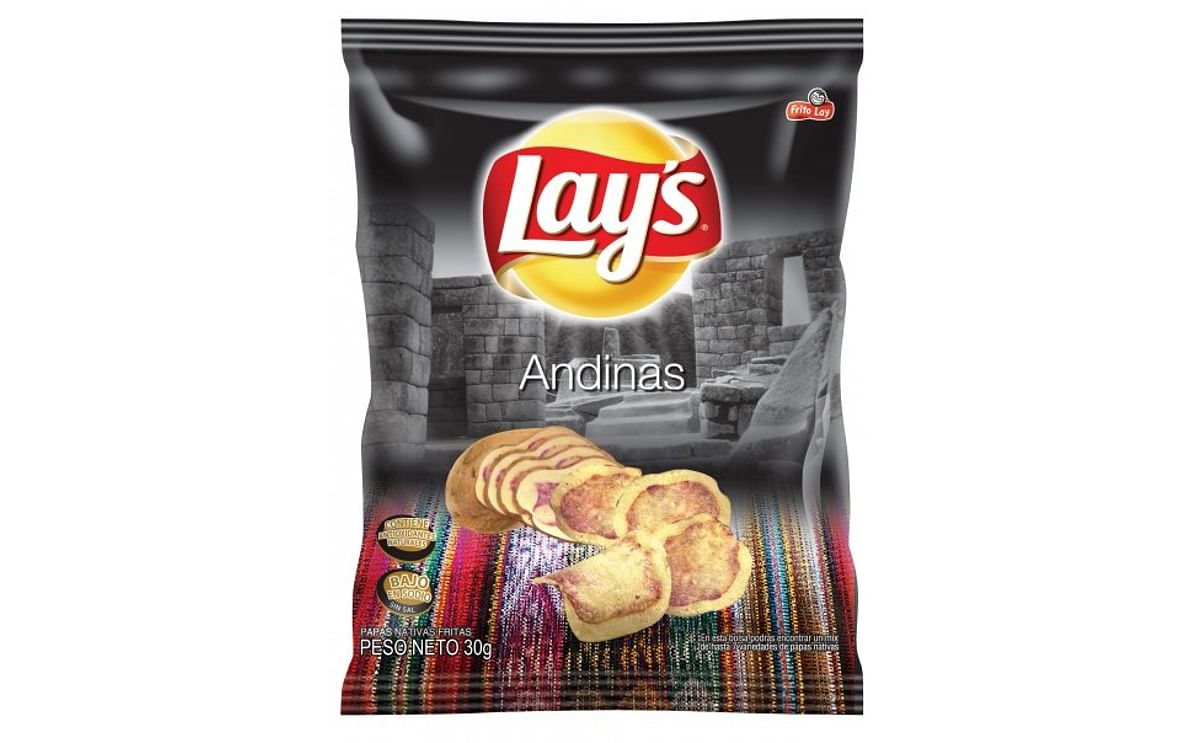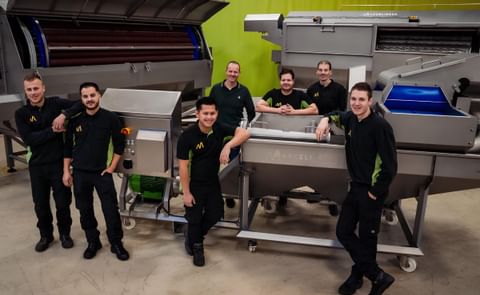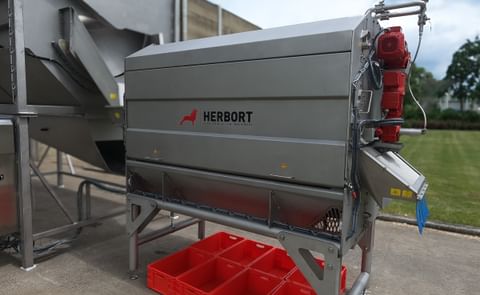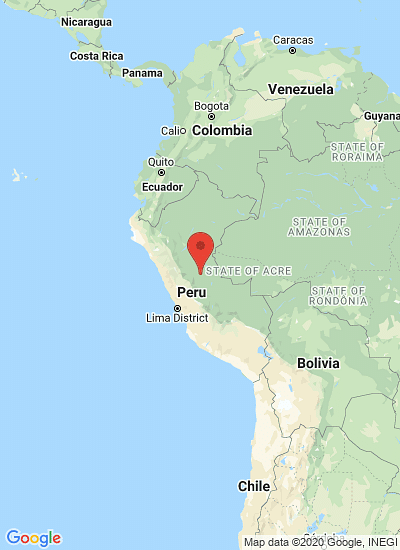Lays Andinas
Pepsico supports development of new potato varieties with agricultural development Center in Peru (CEDAP)

Indra K. Nooyi, chairman and CEO of PepsiCo, Inc. (NYSE: PEP), visited Peru this week to announce that the company is investing USD $3 million over the next three years to create the Agricultural Development Center of Peru (CEDAP). The Center, which is the first of its kind in Latin America, will focus on the development of new varieties of potatoes and other tubers and roots.
After arriving in Peru yesterday, Indra Nooyi visited the Government Palace, where she met President Alan Garcia. During this meeting, she shared PepsiCo's plans for the Center and explained the company's commitment to sourcing high-quality raw materials for its products and investing in environmentally sustainable agriculture projects. She also discussed how this initiative will benefit Peruvian farmers by creating new income opportunities through the development of new crops.
"Peru has long been an important market for PepsiCo, and the investment we're making in this world-class research and development facility demonstrates our long-term commitment to the country as well as to Latin America as a whole,"Ms. Nooyi said. "At PepsiCo, we take great pride in working with local farmers, environmental experts and scientists to share best practices in sustainable agriculture that will help improve yields, enrich crops and protect our natural surroundings. We look forward to harnessing the great biodiversity of Peru in ways that benefit local communities and ultimately deliver wholesome and enjoyable products to consumers."
This is only the third PepsiCo facility of this kind in the world. In the United States, the company's Center for Agricultural Research and Development of Potatoes -- located in Rhinelander, Wisconsin -- is focused on developing potato varieties that are adaptable to temperate zones. In Europe, PepsiCo has a partnership with the University of Cambridge for agricultural research.
"Because of Peru's biodiversity this is the only place in the world where PepsiCo uses not only traditional white potatoes, as we do for Lay's Classic potato chips, but also different native potato varieties,"said Antonio Escalona, South Andean general manager of PepsiCo Foods. "For example, here in Peru we use native Andean potatoes for Lay's Andinas and the yellow potato for Lay's Peruanisimas, which makes us very proud."
The creation of the CEDAP is part of PepsiCo's commitment to "Performance with Purpose,"which means delivering sustainable business growth by investing in a healthier future for people and our planet. As a global food and beverage company with brands that stand for quality and are respected household names – Lay's, Quaker, Pepsi, Gatorade, Doritos and Lipton, to name only a few -- PepsiCo is focused on building a portfolio of enjoyable and wholesome foods and beverages, finding innovative ways to reduce the use of energy, water and packaging and providing a great workplace to its employees.
Other implications of CEDAP
The Center will focus on researching the current Peruvian varieties of roots and tubers with an ultimate goal of developing new varieties that can be used to improve the company's product portfolio. The knowledge and experience gained will be shared with other PepsiCo businesses around the world, especially those in tropical and subtropical zones similar to Peru.
The CEDAP will also create programs of research on other roots and tubers, such as sweet potatoes, to develop new and healthier products and to encourage commercial cultivation of these species in ways that preserve biodiversity.
Moreover, the 300 Peruvian potato farmers from throughout the country who supply PepsiCo will also enjoy the benefits of the CEDAP. For these farmers, the CEDAP will be a center of innovative technical support to: optimize resource use and increase agricultural production;improve plant performance and nutritional quality;maintain soil fertility, water and air quality, and biodiversity in agricultural activities;and empower rural communities. The goal is to improve not only the quality of the harvest, but above all, the well-being and quality of life in the areas of production.










